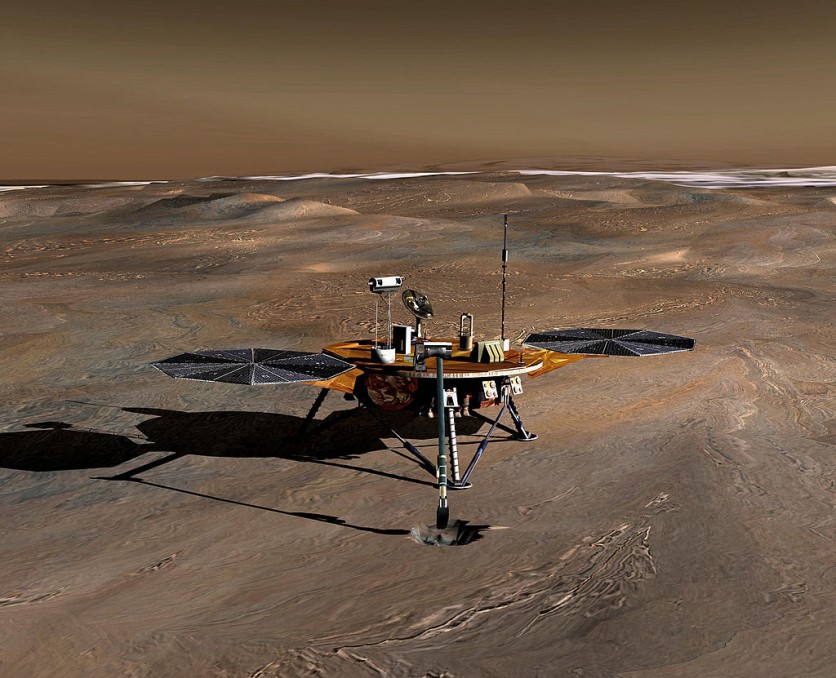
NASA has released an animation to explain and demonstrate how its one-tonne Perseverance rover will land on Mars scheduled on Feb.18, 2021.
NASA's Mars mission
The robot, Perseverance, is being sent to a crated called Jezero where it will then search for any evidence of life on the red planet. But in order to undertake this science, it must first be able to touch down softly.
The sequence of manoeuvres that is needed to land on Mars is usually referred to as the "seven minutes of terror."
In a short space of time, everything must go according to plan or the arriving mission will dig a massive and expensive new hole in Mars.
Also Read: NASA Scientists Might Have Found a Parallel Universe 'Next to Ours' After an Antarctica Experiment
Also, it is all autonomous. With a distance on the day of 209 million kilometers or 130 million miles between Mars and Earth, every moment and every movement that people will see in the animation has to be commanded by onboard computers.
The move will start more than 100 kilometers above Mars where the Perseverance rover will encounter the first air of the atmosphere. The vehicle will then travel at 120,000 kilometers per hour or 12,000mph in its protective capsule.
In more than 400 seconds, the descent system has to reduce the velocity to less than 1m/s at the surface. Most of the work in the travel is done by a heat shield, according to Space.com.
As the capsule slowly plunges deeper into Mars, it gets very hot at more than 1,000C- but the drag also slows the fall. By the time that the supersonic parachute of the rover deploys from the backshell of the capsule, the velocity has already been reduced to 1,200 kilometers per hour.
Perseverance rover will ride the 21.5m-wide parachute for over a minute, and it will scrub the entry speed. However, the most complex phases of the landing and travel is still to come.
How Perseverance will land on Mars
At an altitude of 2 kilometers, and while moving at 100m/s, the Perseverance rover and its Skycrane separate from the blackshell and will fall away.
Around eight rockets will then ignite on the cradle in order to bring the rover into a hovering position above the surface. The nylon cords are then used to lower the wheeled vehicle to the Mars' ground. But that is still not it.
When the rover senses contact, it must sever the cables immediately or it will be dragged behind the crane as the cradle flies away to dispose of itself at the right distance.
The sequence also looks much the same as was used to put the last rover, Curiosity, on the surface of the Red Planet 12 years ago. But the navigation tools have been improved to put the new rover down in a more precisely defined landing zone, according to NASA.
The touchdown is expected in the late afternoon on Mars, which is before 21:00 GMT on Earth. It is worth noting that on the day of landing, the time that it takes for a radio signal to reach Earth will be 700 seconds.
This means that when the space agency receives the message from Perseverance that it has engaged the top of the atmosphere, the mission will have been dead or alive on Mars' surface for minutes.
This article is owned by Tech Times
Written by Sieeka Khan




